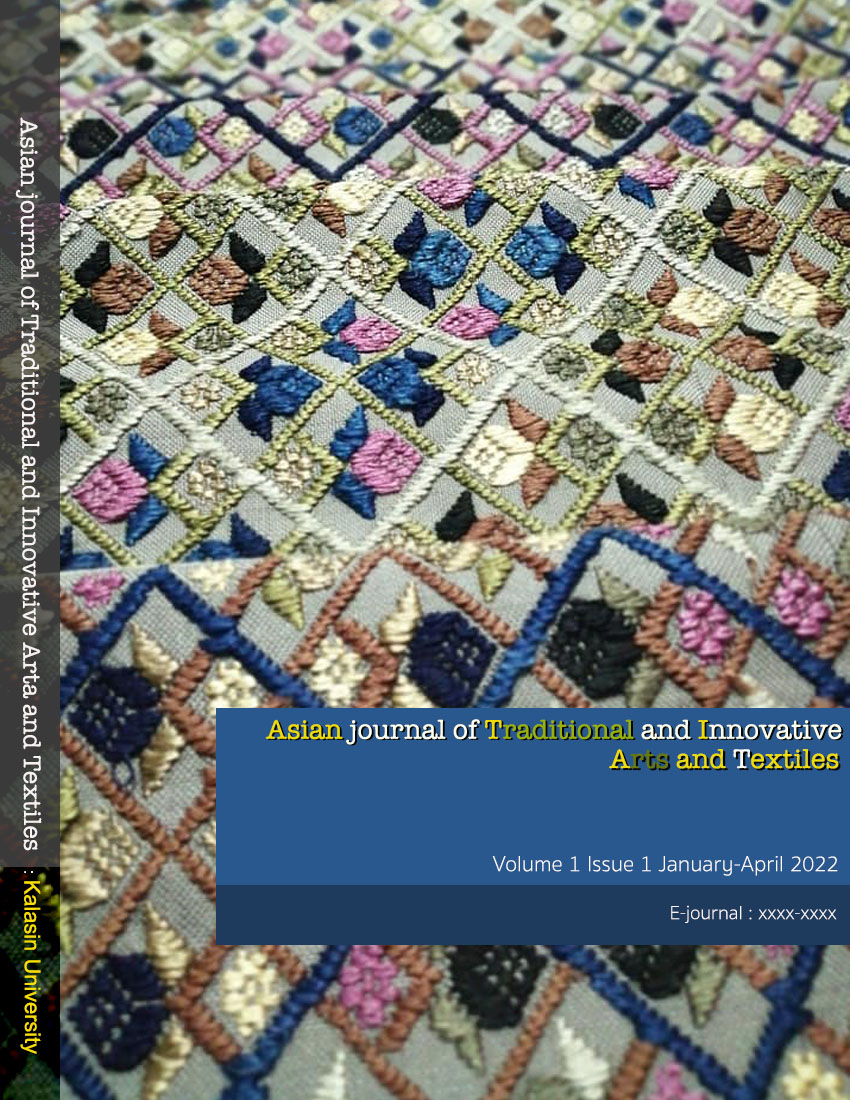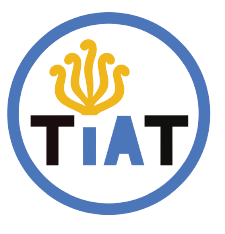Isan Pottery : Prehistoric wisdom passed down to the present
Keywords:
Isan pottery , WisdomAbstract
Article on Isan pottery : prehistoric wisdom passed down to the present. This is a study of wisdom in the traditional pottery production process of the communities in the Northeast. by collecting information in the document sector and data from field interviews with communities of Ban Wang Nuea, Wang Chai Subdistrict, Nam Phong District, Khon Kaen Province, that still produce pottery today. to analyze and explaining the wisdom process in pottery production including analyzing phenomena arising from the structure and functions of people in the community.
The results showed that traditional pottery manufacturing process consists of three main wisdom processes: 1) material preparation, 2) molding, and 3) firing. In addition, if the theory of structure and function according to the concept of Parsons (Talcott Parsons) is used to help explain the phenomenon that occurs in the community. It focused on five factors: 1) the relationship between the actors, 2) the goals, 3) the methods of discrimination, 4) the situations in which the doers had to choose a particular method, and 5) normative determinants. five factors can be used as a guideline for building an understanding of the structural system and the division of duties in the local wisdom process, namely Community pottery production in the Northeast.
References
กรกฎ บุญลพ. (บรรณาธิการ). (2551). มนุษย์กับภาชนะดินเผาจากอดีตกาลสู่โลกสมัยใหม่. กรุงเทพฯ : ศูนย์มานุษยวิทยาสิรินธร.
กองโบราณคดี กรมศิลปากร. (2531). โครงการโบราณคดีภาคตะวันออกเฉียงเหนือ. รายงานวิจัยระหว่างเดือนกรกฎาคม - เดือน ธันวาคม. เชียงใหม่ : กรมศิลปากร.
กิตติสันต์ ศรีรักษา. (2554). การประยุกต์ใช้ภูมิปัญญาท้องถิ่นเพื่อผลิตเครื่องปั้นดินเผา บ้านวังถั่ว ตำบลวังชัย อำเภอน้ำพอง จังหวัดขอนแก่น.
วิทยานิพนธ์ปริญญาศิลปกรรมศาสตรมหาบัณฑิต สาขาวิชาวิจัยศิลปะและวัฒนธรรม บัณฑิตวิทยาลัย มหาวิทยาลัยขอนแก่น.
ทวี พรหมพฤกษ์. (2523). เครื่องปั้นดินเผาเบื้องต้น. กรุงเทพฯ : สำนักพิมพ์โอเดียนสโตร์.
นิธิ เอียวศรีวงศ์. (2539). ภูมิปัญญาท้องถิ่นกับการจัดการทรัพยากร. กรุงเทพฯ: คุรุสภาลาดพร้าว.
พิริยะ ไกรฤกษ์. (2533). ประวัติศาสตร์ศิลปะ และโบราณคดี ในประเทศไทย. กรุงเทพฯ : อมรินทร์ พริ้นติ้งกรุ๊ฟ.
วิบูลย์ ลี้สุวรรณ. (2527). ศิลปหัตถกรรมพื้นบ้าน. กรุงเทพฯ : ปาณยา.
ศรีศักร วัลลิโภดม. (2540). แอ่งอารยธรรมอีสาน แฉหลักฐานโบราณคดีพลิกโฉมหน้าประวัติศาสตร์ไทย. กรุงเทพฯ: มติชน.
สุขุมาล เล็กสวัสดิ์. (2548). เครื่องปั้นดินเผา พื้นฐานการออกแบบและปฏิบัติงาน. กรุงเทพฯ : (ม.ป.ท.).
สุจิตต์ วงษ์เทศ. (2550). เครื่องปั้นดินเผาและเครื่องเคลือบกับพัฒนาการทางเศรษฐกิจและสังคมของสยาม. กรุงเทพฯ : มติชน.
สุรกานต์ รวยสูงเนิน และธนสิทธิ์ จันทะรี. (2551). โครงการวิจัยย่อย : โครงการออกแบบเพื่อเพิ่มมูลค่าผลิตภัณฑ์เครื่องปั้นดินเผาไฟต่ำอีสาน. ขอนแก่น: คณะมนุษยศาสตร์และสังคมศาสตร์ มหาวิทยาลัยขอนแก่น.
สัญญา สัญญาวิวัฒน์. (2551). ทฤษฎีและกลยุทธ์การพัฒนาสังคม. กรุงเทพฯ : โรงพิมพ์แห่งจุฬาลงกรณ์มหาวิทยาลัย.
อรอนงค์ สอนนอก. (2549). ความสามารถในการแข่งขันเพื่อการส่งออกของเครื่องปั้นดินเผาด่านเกวียน. วิทยานิพนธ์ปริญญาบริหารธุรกิจมหาบัณฑิต สาขาวิชาบริหารธุรกิจ บัณฑิตวิทยาลัย มหาวิทยาลัยขอนแก่น.
Gibson, A. & Woods. (1997). Prehistoric Pottery for the Archaeologist (2nd ed). London: Leicester University Press.
Louise Allison Cort, Leedom Lefferts. (2550). Tai Stoneware Production in mainland Southeast Asia : From present to past. Presentation at the eighth International Conference European Association of Southeast Asia Archaeologist. Sarteano, Tuscany, Italy, 2-6 October 2000.
Narasaki, S., Louise Cort, and Leedom H Lefferts. (1995). Earthenware Production in Northeast Thailand. n.p.
Stanislawaski, M.B. (1977). Ethnoarchaeclogy of Hopi-Tewa Pottery Making: Styles of Learning. In Experimental Archaeology, 378-408.Edited by Daniel Ingersoll, John E.Yellen and William Macdonald. New York: Columbia University Prees.
Downloads
Published
How to Cite
Issue
Section
License
Copyright (c) 2022 Asian Journal of Traditional and Innovative Arts and Textiles

This work is licensed under a Creative Commons Attribution-NonCommercial-NoDerivatives 4.0 International License.





